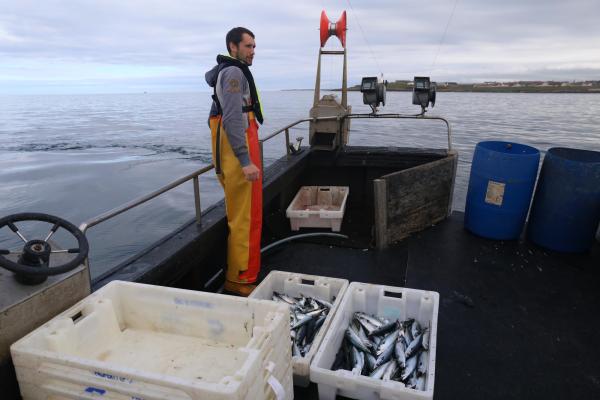Maarten is a Belgian data journalist, data designer and visualization consultant.
After graduating as a Master in Bio-engineering (where he first learned to make maps) he spent some years working as an engineer and agricultural economist in Belgium and Latin America. While working in Bolivia, he started blogging and got interested in web technology and journalism. After returning to his home country he was hired by the monthly magazine MO*, where he was responsible for the magazine's website content and functionality. That's when he made his first experiments in data journalism and data visualisation.
On his personal blog, he started to publish critiques of visualisations he saw in the news, explaining how charts and maps could be made more effective and better tell or illustrate the story. That is how he got picked up by newspaper De Tijd: in 2014 they hired Maarten to work as a datajournalist. There he tried to find stories in data and tell these stories to readers by mixing text with charts and maps, static as well as interactive ones.
Since the beginning of 2017 Maarten works a data visualization consultant. He gives trainings and workshops about data visualisation, produces charts and maps for media, governments and other organisations and helps to build new visualization tools. He also was a keynote speaker at some of the most important conferences in the field of data visualisation.

